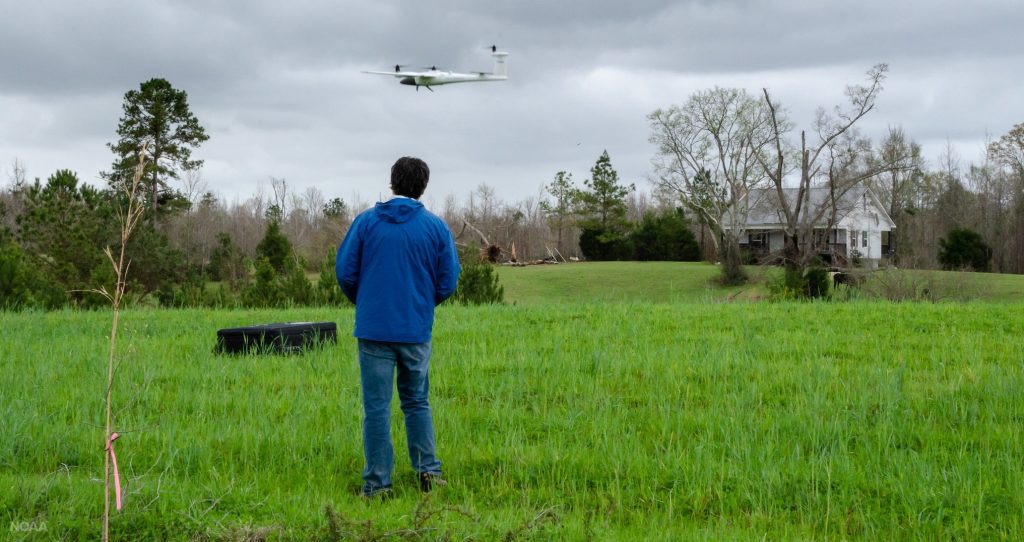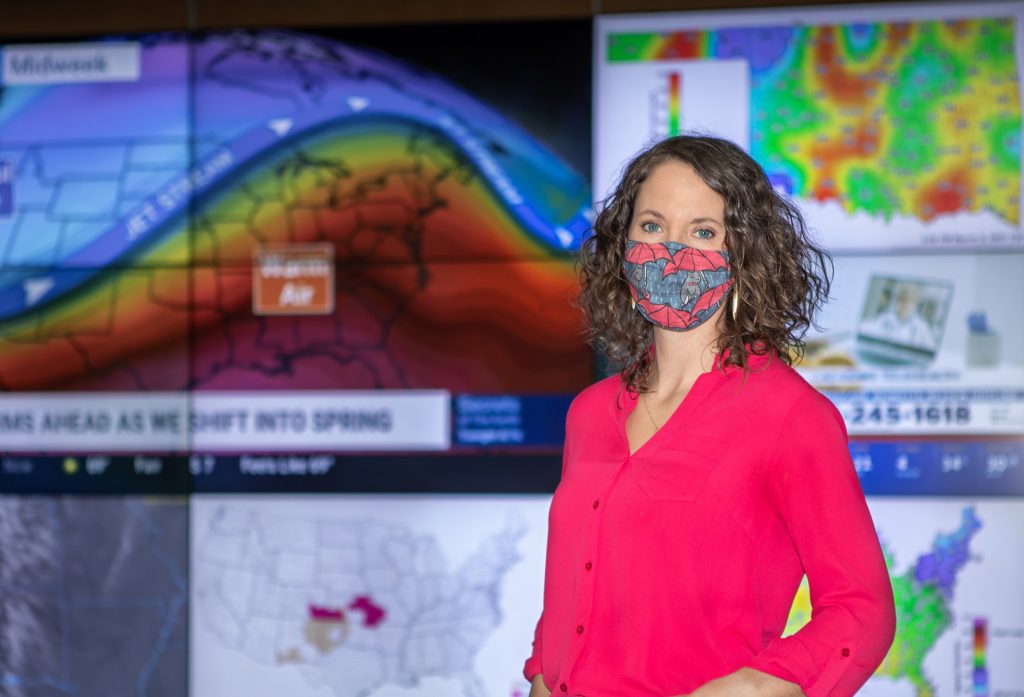NOAA scientists use drones to see tornado damage in remote areas
Scientists hope images from the research drones will improve our understanding of tornadoes and lead to better forecasts.
NOAA scientists use drones to see tornado damage in remote areas Read More >


